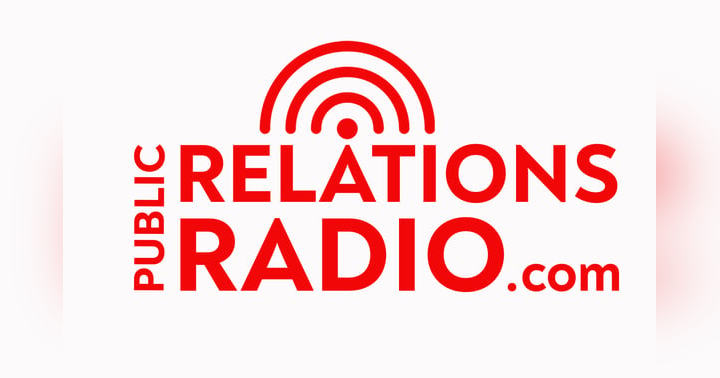Managing News Coverage at Mass Vaccination Sites

Media coverage at mass vaccination clinics can help build public confidence in your pandemic response plans, but it also can present challenges for organizations required by law to protect patient privacy. If you’re still wrestling with the best way to manage these two competing interests, here are a few tips to consider.
Explain the Law
You know the law protects patient privacy, but your media corps may not. Journalists are routinely lectured by newsroom lawyers about free speech and private property rights. But it’s safe to say few know much about patient privacy rights. That’s why the most important step in working with journalists and photojournalists who might want to cover your vaccination event is to communicate the law with them early and often. There are three ways to do this:
- Contact newsroom managers well ahead of the event to make them aware of privacy laws protecting patients and your plans to enforce those laws during the event.
- Provide a simple fact sheet outlining the coverage rules that will govern their attendance at the event. Tell journalists what they can and cannot do, where they can and cannot go, and what they can or cannot record or photograph.
- Gather media as they arrive at the event to give them another copy of the rules and to answer any questions before they begin their coverage. Schedule enough staff on site to monitor and enforce coverage guidelines.
Heads Up
This approach should eliminate most problems. But it also can serve as a heads up should you encounter a news editor, journalist, or videographer who has a different view of what’s permitted. If you sense during your pre-event conversations that a news outlet might push the limits, you can decide whether to have another call with the individual’s editors or engage your attorneys to clarify any confusion over privacy laws. It is better to address these issues early than to have them play out in front of everyone on event day.
Extra Steps
If you want to be sure you won’t have disagreements over what’s allowed, it is possible to take additional steps to control media access.
Media Zone: Identify a media area where cameras will be contained. Make sure newsrooms know about this arrangement before they send crews to the event. Some may not like the idea of being forced to stay inside a designated area, but if you don’t want to close your event, then it might be the better of your unpleasant alternatives. Make sure the zone is close enough to permit decent photos and video but is positioned to protect privacy. You should still provide a verbal briefing and a written copy of the rules to media before the event begins. Do the same for anyone that arrives late.
Limit Time: Limit the amount of time media can photograph or record the event. Journalists with notepads can stay longer, but video and still photographers would be limited to 5-10 minutes of access, following the rules you’ve provided for event coverage. This is enough time to get the video needed to “cover” news packages. If you do this, make sure to schedule time to provide on-camera interviews far enough from the action to protect patient privacy. Radio journalists should be held to the same limits for collecting natural sound. They also would be allowed to stay longer but could only record audio during the established recording window. Tell newsrooms about these coverage rules before they come to the event, and again as part of your pre-event on-site media briefing.
Pool Coverage: Allow only one outlet from each medium (television, radio, print) to provide pool coverage of the event. These outlets would be required to immediately share all of their coverage with any media outlet requesting the information, photos, video, or audio. A smaller media group is easier to manage, but like other restrictive actions, this approach likely would be opposed by most news outlets.
DIY: Gather your own video, audio, and photos, sharing the content with interested media. The media isn’t keen on this approach, but it is an option if there is concern that patient privacy might be violated.
While you have many options for tightly managing media coverage at your event, the best approach is to educate journalists before, during, and after about the rules and why they exist. If presented clearly and managed well, this should be enough to ensure no laws are broken. This approach also maintains a working relationship with your media corps, allows them to cover your event, shows your constituents that COVID-19 vaccine doses are being distributed, and helps you deliver your message without anyone getting into trouble.
By Robert Johnson, Strategic Communications Officer, Riester Public Affairs, Washington, D.C.






